Presentation
Pelvic pain and palpable mass on physical examination.
Patient Data
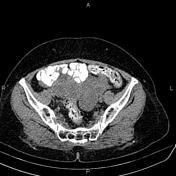



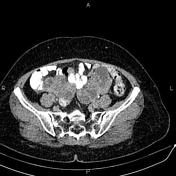

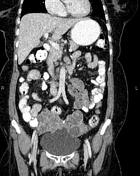

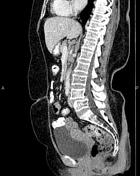

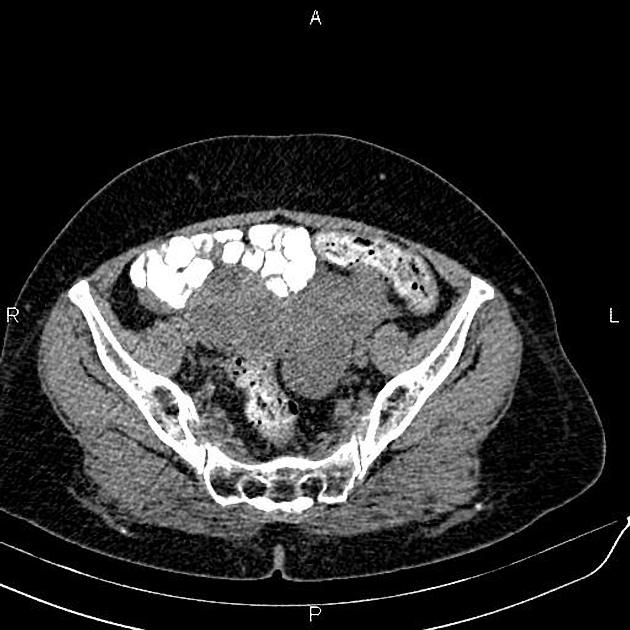
There are multiseptated cystic lesions with thick enhancing septa measuring about 68 × 49 mm in the right ovary and 88 × 45 mm in the left ovary.
Adenopathy is seen at the paraaortic and aortocaval area with SAD of 15mm. A little fluid is seen in the paracolic gutter.
Grade II spondylolisthesis of L4 on L5 with bilateral spondylolysis of L4 is seen.
Case Discussion
Bilateral ovarian complex cystic lesions (pathological proven serous cystadenocarcinoma) with paraaortic adenopathy.
Ovarian serous cystadenocarcinomas are the malignant form of ovarian serous tumor, the most common type of ovarian epithelial tumor and the most common type of ovarian malignancy.




 Unable to process the form. Check for errors and try again.
Unable to process the form. Check for errors and try again.